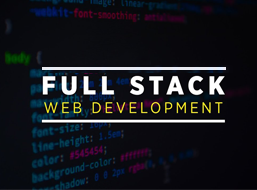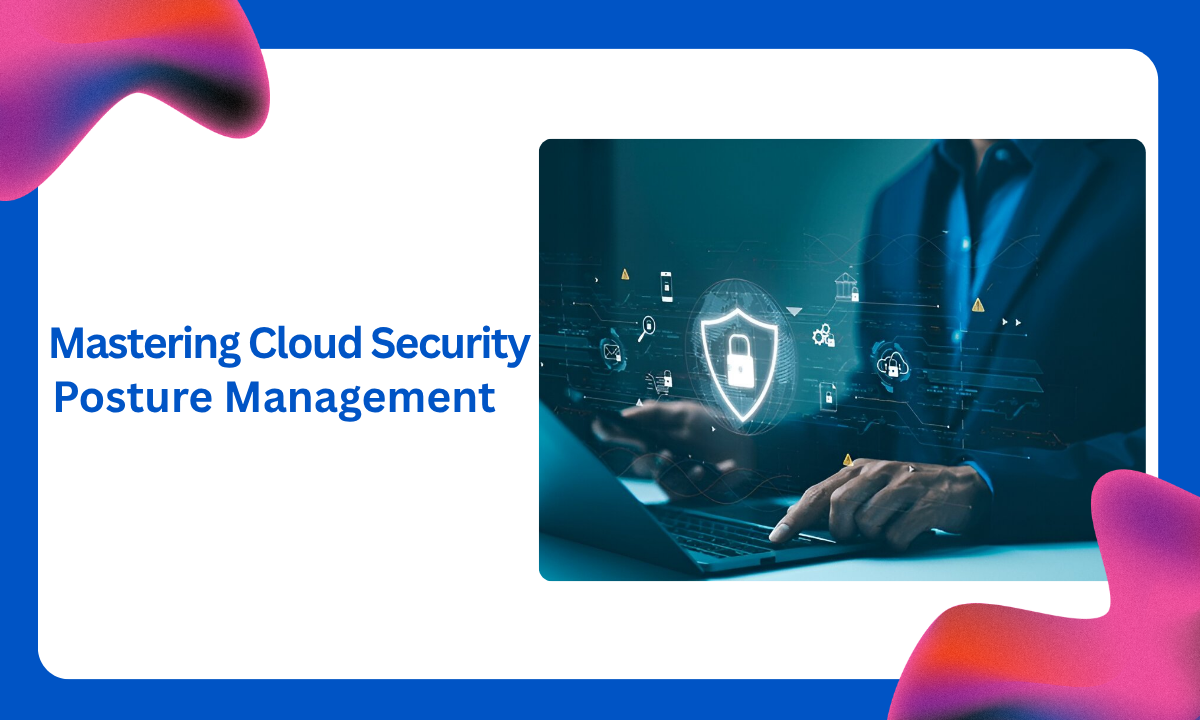Table of contents:
|
1. Cloud security posture management Definition |
|
2. Why CSPM Matters Now More Than Ever |
|
3. Key Components of Effective Cloud Security Posture Management
|
|
4. How Cloud Data Security Posture Management Fits In |
|
5. What Are the Key Cloud Security Tools You Should Know? |
|
6. Why Training at Apponix Makes a Difference |
|
7. Final Thoughts |
|
8. FAQs |
When we train aspiring cloud security professionals, one term we emphasise from the outset is cloud security posture management.
In today’s multi-cloud world, organisations must continuously monitor, detect, and remediate misconfigurations, vulnerabilities, and compliance violations across their cloud infrastructure.
That’s why mastering this discipline, and the tools that support it, is more than just a nice-to-have; it is rapidly becoming essential.
Cloud security posture management Definition
So what exactly does the term “CSPM” mean? The acronym stands for Cloud Security Posture Management, and at its core, it refers to a set of practices and technologies designed to ensure that your cloud infrastructure remains properly configured, secure, and aligned with policy and regulatory demands. In brief, it means you have visibility into the cloud-environment configurations, you check them against best practices or standards, you detect drift or mis-settings, and then you act (either manually or automatically) to fix the issues.
In practical terms, a cloud security posture management solution might discover a storage bucket that is publicly accessible, a virtual machine that lacks encryption, or an identity role that is overly permissive—and then issue an alert or automatically remediate the condition. This is vital because as companies shift to public-cloud, hybrid-cloud or multi-cloud deployment models, the burden of configuration and compliance falls heavily on the organisation, not just the cloud provider.
Why CSPM Matters Now More Than Ever

In our training sessions at Apponix, we repeatedly stress that the shift to the cloud introduces new attack surfaces, new compliance challenges, and new forms of risk. A traditional security mindset—focused on on-premises firewalls and endpoint protection—is no longer enough. With IaaS, PaaS, and SaaS platforms proliferating, misconfigurations are by far one of the top contributors to cloud-security incidents.
Modern cloud security tools, particularly CSPM solutions, provide continuous monitoring across the infrastructure, improve visibility, enforce policy, and reduce blind spots. They allow organizations to proactively manage their cloud security posture rather than reacting after a breach. As a result, professionals who understand cloud security posture management and can work with associated cloud security tools are in high demand.
Key Components of Effective Cloud Security Posture Management
Let’s break down the major elements we cover in our training so you become fully equipped:
1. Asset Inventory & Visibility
The first step in any posture-management process is to gain a complete inventory of your cloud assets—virtual machines, containers, serverless functions, storage buckets, data stores, identities, networks, and so on. Without that visibility, you cannot assess risk. Modern CSPM platforms automatically discover and track cloud assets across providers like AWS, Azure, and Google Cloud.
2. Continuous Monitoring & Misconfiguration Detection
Once you know your assets, you have to monitor for drift and identify misconfigurations. This means checking things like open ports, insecure storage buckets, unencrypted data, overly permissive identity roles, and missing logging. A solid CSPM solution flags these issues and prioritises the risks based on context.
3. Policy Enforcement & Compliance Checks
A key part of the role of cloud security posture management is mapping your cloud environment to security-control frameworks and regulatory standards (for example, CIS benchmarks, ISO 27001, PCI-DSS, and GDPR). That means your CSPM tool must assess whether configurations comply with the required standards and alert when there is a deviation.
4. Automated or Guided Remediation
Detection alone is not enough—we teach that remediation is just as critical. Some CSPM solutions offer automatic remediation (for example, disable public access and enforce encryption), while others provide guided steps for manual fix-up. The ability to act quickly reduces windows of exposure.
5. Risk Prioritisation & Integration with DevOps
In our sessions at Apponix, we emphasise that cloud environments move fast. So cloud security posture management must not only detect issues but also prioritise them based on real threat context (for example: is the exposed bucket critical data? Is the identity used in production?) and integrate with DevOps pipelines so that security becomes part of the continuous-delivery process.
How Cloud Data Security Posture Management Fits In
Often, we hear the phrase cloud data security posture management. This is a natural extension of CSPM. While CSPM focuses on configurations of infrastructure and platform services, data security posture management (DSPM) homes in on data-centric risks: unprotected sensitive data, mismanaged access rights, data exposure in cloud storage, data-processing configurations, and so on. In many training modules at Apponix, we demonstrate how DSPM tools complement CSPM by adding data-layer visibility and risk management.
What Are the Key Cloud Security Tools You Should Know?
As part of our curriculum, we introduce a suite of cloud security tools that align with posture-management strategies. Here are some of the categories:
-
CSPM platforms from major cloud providers or independent vendors that provide continuous posture monitoring.
-
Identity and access management (IAM) tools to enforce least-privilege and detect excessive rights.
-
Cloud-native logging and monitoring solutions that feed into the posture-toolchain.
-
Infrastructure as Code (IaC) scanners that inspect configuration templates before deployment.
-
Security information and event management (SIEM) or cloud-native equivalents, for event correlation and alerting.
-
Data security tools (DSPM) that monitor stored and processed cloud data for exposure, leakage or misaccess.
We emphasise in class that mastering these tools and understanding how they integrate is central to becoming proficient in cloud security posture management.
Why Training at Apponix Makes a Difference
As a trainer at Apponix, I reflect on how students benefit from our Cyber Security course in Bangalore, as well as specialised modules on cloud-security posture management. We provide hands-on labs that simulate real-world cloud misconfigurations, we teach how to deploy and evaluate CSPM tools, and we guide you through remediation workflows, policy mapping and audit readiness. Because Bangalore is a thriving tech hub with companies rapidly adopting cloud infrastructure, our training is aligned to industry demand—so you walk away not just with knowledge, but with skills you can apply immediately.
Final Thoughts
I’ll be honest: the era of static security is over. If you are looking to build a future-proof career in cloud security, focusing on cloud security posture management is one of the smartest decisions you can make. By equipping yourself with the knowledge of how to monitor cloud configurations, enforce policies, remediate issues and integrate security into development workflows, you not only become an asset to an organisation, you become essential.
At Apponix, we train you to understand the full lifecycle of cloud-security posture, from asset visibility to remediation, so you emerge ready for today’s dynamic cloud-native environment. Whether you’re entering the field or deepening your skills, embracing CSPM opens doors in roles like cloud security engineer, compliance analyst, cloud governance lead and more.
When you finish our cybersecurity course in Bangalore with this focus, you’ll be prepared to step into a role where you make a real difference, helping organisations keep their cloud infrastructure safe and resilient.
FAQs
Q1: What does “cloud security posture management” mean for everyday cloud operations?
It means you continuously monitor your cloud environment, ensure assets are configured securely, detect misconfigurations or policy violations, and then take action (manual or automated) to remediate them—so your cloud infrastructure stays safe, compliant and optimised.
Q2: Why is CSPM important when many cloud providers already offer security built in?
Because while the cloud provider secures the infrastructure, your organisation is responsible for securing the configuration and use of the cloud services. Misconfigurations or policy drift on your side can still lead to breaches or compliance failures. CSPM addresses that gap.
Q3: How is CSPM different from other cloud security tools?
CSPM focuses on configuration posture—monitoring settings, compliance, drift and misconfigurations—whereas other tools (for example, workload protection, data security and identity management) may focus on malware, runtime threats, data access or identity risk. A robust cloud-security strategy uses CSPM along with other complementary tools.
Q4: Can someone without cloud experience train in CSPM and become employable?
Yes. Our training at Apponix is designed for aspiring professionals—even if you are new to cloud security. We start with the fundamentals of cloud computing and then move into posture management, tool usage, labs and real-world scenarios. What matters is commitment and the willingness to practise.
Q5: How do the “Training Institute in Bangalore” and our course help you stand out?
Because this training is local to Bangalore, a hub of cloud adoption, it allows you to learn with context, network locally, engage with trainers who understand the regional job market and practise with labs geared for the kinds of cloud deployments companies in Bangalore use. This gives you a competitive edge when you enter the job market.




